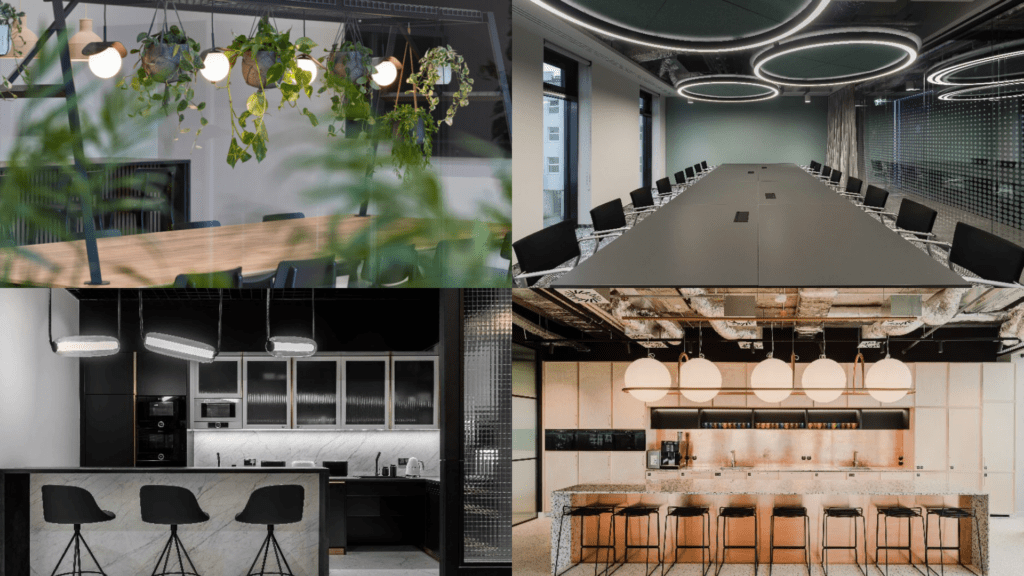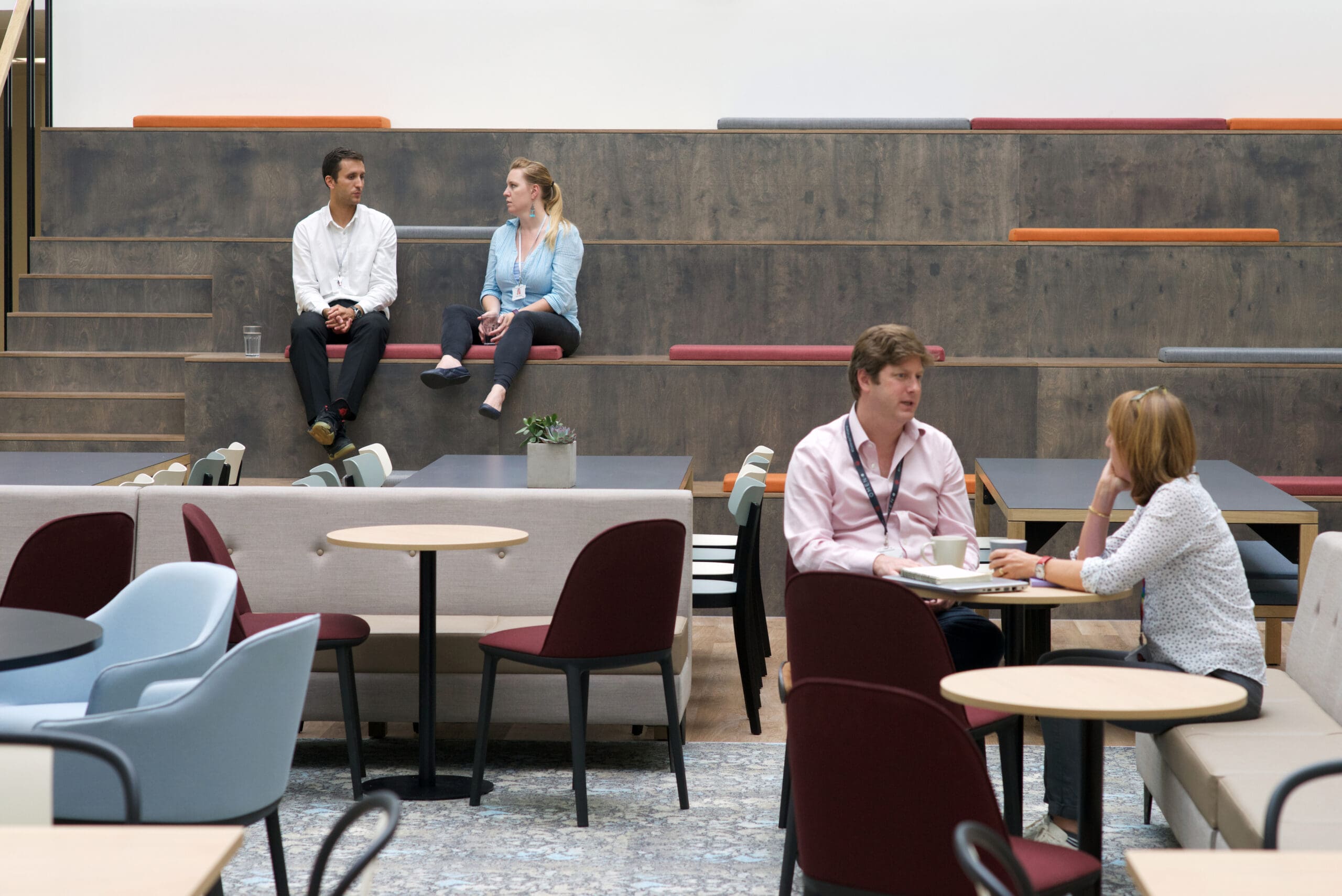When designing a productive and efficient workspace, office furniture often gets top priority, but the lighting in your office is just as crucial. Whether you are setting up a small office or redesigning a large corporate space, proper lighting enhances productivity, boosts employee morale, and ensures a comfortable working environment. Different areas of your workspace require different types of lighting to suit their specific purpose.
At LWS, we understand how critical it is to align your lighting with your office layout and furniture. In this guide, we’ll explore how to optimize the lighting for different zones in your workspace to complement your office furniture setup and create an inspiring, functional work environment.

1. Task Lighting for Workstations
Workstations and desks are where the most focused tasks happen, making task lighting an essential element in these zones. Poor lighting can lead to eye strain and decreased productivity. Adjustable desk lamps or LED lights are excellent choices for workstations, as they provide clear, direct lighting, allowing employees to focus on tasks without glare or shadows. Pairing the right lighting with ergonomic office furniture helps create a more comfortable and productive work environment. For task lighting, cool white light is optimal for simulating natural daylight, keeping employees energized and focused.

2. Ambient Lighting for General Office Areas
Ambient lighting provides general illumination throughout the office, setting the tone for the overall workspace. For open-plan offices, a combination of overhead lighting such as recessed lights or suspended pendants can create a welcoming, well-lit environment. If your office furniture layout includes partitions or collaborative zones, ensure that the lighting covers these areas evenly without creating harsh shadows. Opt for LED lighting solutions that mimic natural light to support employee well-being. A bright, yet balanced, ambient light helps maintain productivity while making the office feel inviting.

3. Accent Lighting for Collaborative Spaces
In collaborative spaces such as breakout zones or team meeting areas, lighting should encourage creativity and teamwork. Accent lighting, like spotlights, wall sconces, or decorative lighting, can enhance these areas, giving them a distinct look that matches your office furniture design. Warmer tones work well in these spaces, fostering a relaxed and open environment for brainstorming sessions or casual meetings. Choose lighting that complements the style of your office furniture, whether modern or traditional, to create a cohesive look and feel.

4. Focus Lighting for Meeting Rooms
Meeting rooms require flexible lighting solutions that can accommodate various activities, from formal presentations to informal discussions. Focused lighting, such as pendants or overhead fixtures, should be directed toward the conference table, providing bright, shadow-free illumination. Dimmable lighting is a smart choice for meeting rooms, allowing you to adjust brightness depending on the meeting’s tone and purpose. By integrating high-quality lighting with the right conference tables and seating options, you can ensure that your meeting room furniture and lighting work together to keep participants engaged and focused.

5. Relaxation Lighting for Break Areas
Break rooms and lounge areas are designed for employees to relax and recharge, so the lighting here should reflect a more soothing, comfortable atmosphere. Softer, warmer lighting is ideal for creating a peaceful environment where employees can take a break from their desks. Pair this relaxed lighting with comfortable lounge furniture or breakroom seating to maximize comfort. Including natural light sources in these areas, where possible, can further enhance the sense of calm and relaxation.

6. Safety Lighting for Transitional Spaces
Transitional spaces such as hallways, corridors, and stairwells require special attention to ensure safety and ease of movement. Bright, even lighting that reduces shadows is essential in these areas. Installing motion-sensor lights can be an energy-efficient solution for frequently used transitional spaces, ensuring that they are well-lit when needed while conserving energy. Additionally, ensuring that your lighting complements the layout and placement of furniture in these spaces can help guide traffic flow smoothly and safely throughout the office.


Perfecting the Balance Between Lighting and Office Furniture
The right lighting can significantly enhance your workspace’s functionality, aesthetics, and employee well-being. By carefully choosing lighting that complements each area of your office and its furniture layout, you can create an environment that fosters productivity, collaboration, and comfort.
At LWS, we provide expert guidance in designing workspaces that integrate seamlessly with your lighting needs and office furniture. From individual workstations to meeting rooms, break areas, and collaborative spaces, our team can help you select the best furniture and lighting solutions to optimize your office layout.

